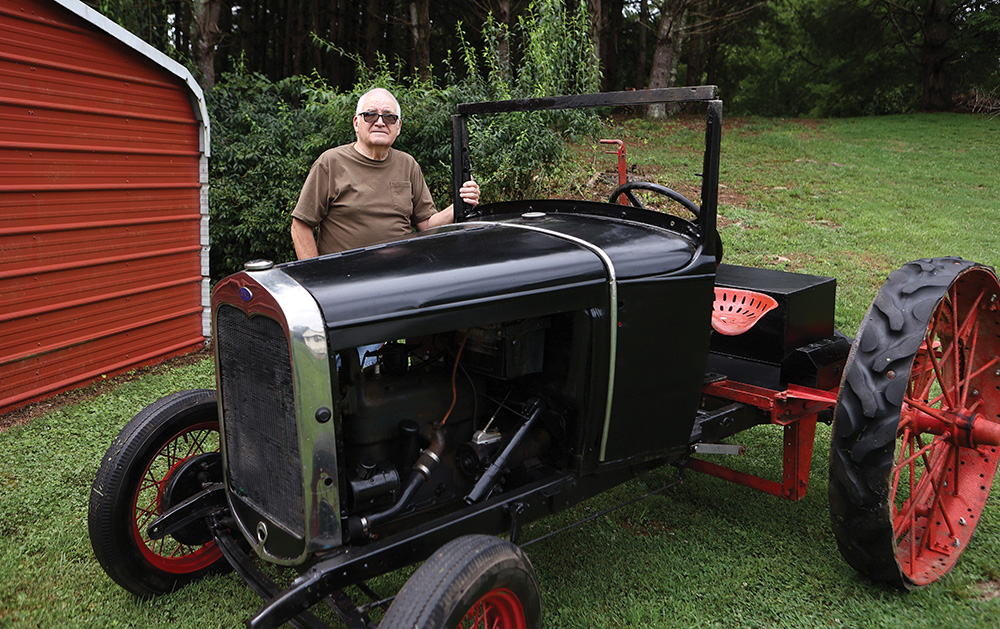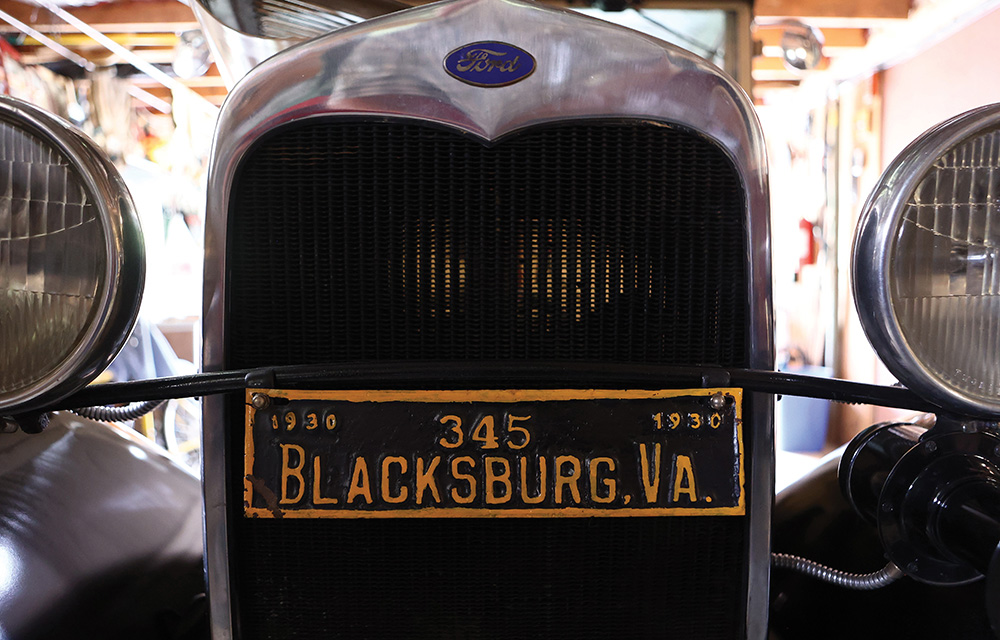Sears was launched in 1886 as a watch and jewelry mail-order business. The following year, Roebuck partnered with Sears, and the iconic catalog expanded. The first department store opened in 1925, and the retail giant stayed strong into the 1970s. The catalog went out of print in 1993, and the company caved as competition arose and some poor corporate decisions were made.From 1908 to 1942, the Sears, Roebuck & Co. catalog sold kits for houses, an affordable mail-order home in 15 different models. It also carried the “Thrifty Farmer” tractor kit, produced by Peru Plow [in business from 1851 to 1941].Times were hard in the 1930s through the Great Depression, and farmers experienced low crop prices, drought and dust storms. Tractors cost between $750 and $1800, which was out of reach for many agrarian families, but the “Thrifty Farmer” kit sold between $92 and $100. It was cleverly designed to fit on a Ford Model A or Model T chassis and could effectively replace two or three horses for work power. Loving Tractors and Old Cars “I was on a tractor about the time I learned to walk,” relates Ronnie Kitts, “and I’ve always enjoyed them.” Kitts grew up on a small farm in Prices Fork, and except for his stint in the U.S. Air Force during Vietnam (thank you, Mr. Kitts, for serving our country!) has lived in the New River Valley all his life. He also loves the old Fords and still has the 1930 Model A he drove to high school in 1962. He has other old cars, and both his sons have their own tractor collections. The “Thrifty Farmer” caught his eye years ago, and he already had the old cars on which it would fit. “About 10 years ago, I put an ad in a tractor or farm magazine looking for a kit, and a man from Toledo called me. I drove up there, found it in an Ohio field and brought it home.”It was originally attached to a Model T, and Kitts set about installing it on one of his Model A vehicles. “It was not especially complicated,” he explains. “I took off part of the body, rear spring, rear hub and brake housing. The pinion gear needed to be installed, and I turned over the rear differential because the ring gear’s teeth were on the outside.” Kitts has never used the converted tractor. If anything broke, he is not sure he could find replacement parts. Additionally, these “Thrifty Farmer” tractors did not really work as well as a real tractor. Many of them were given to World War II scrap drives. It might have been one of those “Edsels” or “8-track tapes” that looked good on paper, but did not perform or sell half as well as anticipated. As prosperity crawled back into the nation, farmers were able purchase real tractors, and the “Thrifty Farmer” kits were discontinued.Still, it’s a novel concept and proved to be the perfect conduit for Ronnie Kitts to merge his passion for Model A and Model T cars with his love for vintage tractors. Text by Joanne M. Anderson | Photos by Jon Fleming
21
previous post
Entrepreneurial Steps to Success
next post


